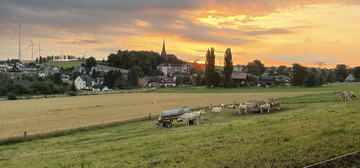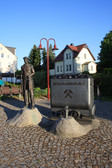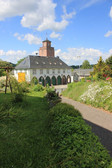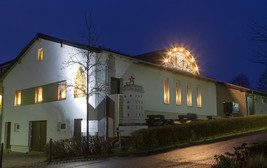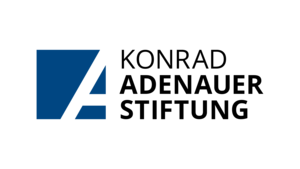Hohndorf at the north-western entrance to the Erzgebirgskreis district was part of the Lugau-Oelsnitz coalfield. Accordingly, the recent history of the municipality was strongly characterised by the "black diamonds of Saxony" and mining: Around 1940, the Vereinigtfeld shaft was one of the most modern and, with a depth of up to 1,200 metres, also the deepest coal shaft in Europe at the time. Since the end of mining around 1960, the municipality has developed into an attractive place to live for around 3,450 people today, most of whom find employment at the region's industrial sites and help to organise an active club life with numerous festivities in their free time.
The village centre attracts visitors around the former school - now the town hall -, the church consecrated in 1892 and the historic fire station with numerous other cultural monuments worth seeing - from residential barns from the 18th century to representative residential buildings from the beginning of the 20th century. The gentle, partly wooded hills around Hohndorf justify the nickname "Dorf im Grünen" and invite you to go for walks, hikes or bike rides - including access to the coal trail, which combines a 220-kilometre network of paths with a wealth of information about coal mining in the region.
